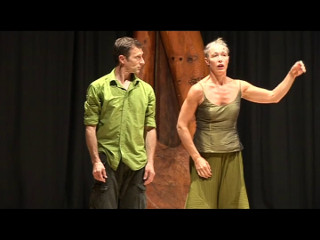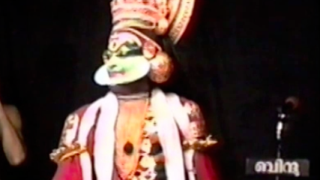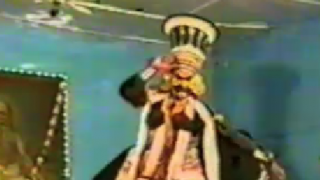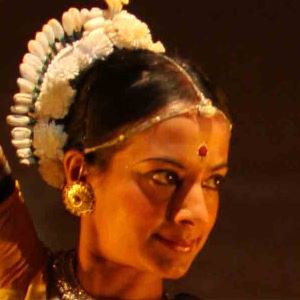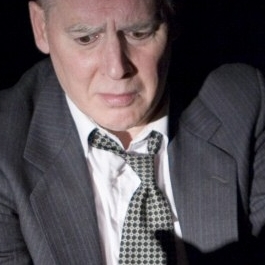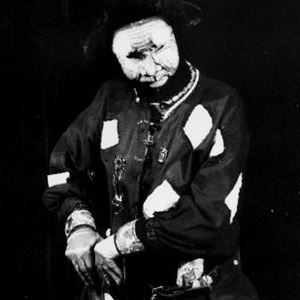Kathakali dance-drama is a distinctive genre of South Asian performance which developed during the sixteenth and seventeeth centuries in the Malayalam speaking coastal region of south-west India known today as Kerala State. Like Japanese noh and China’s jingju (Beijing Opera), kathakali has become internationally known during the past three or four decades as troupes regularly tour throughout the world as part of government-sponsored international cultural exchanges or through private initiatives. The vast majority of these performances have been kathakali’s dance-drama versions of episodes from the Indian epics (Mahabharata and Ramayana) or stories from the puranas – encyclopaedic collections of traditional stories and knowledge. While there is a long history of ‘experimentation’ with content and technique, recent performances of new kathakali have brought increasing attention to and arguments about the place and role of experimentation and change in kathakali performance today. From Kathakali Dance-Drama (Routledge, 2002), by Phillip Zarrilli
Popular Theatre & Performance
Kathakali
Category

Video
Video
Videotaped in Kerala, India in 1993 and 1995, this film explains Kathakali's basic make-up types, the context of performance, the process and techniques of training, and performance preliminaries.
Video
This video is a complete performance document of the approximately three and a half hour performance of a Kathakali play, The Killing of Kirmira.
Commentary
by McPherson, Katrina
Practitioner
Rekha Tandon is a performer, choreographer and researcher trained in Odissi, one India’s eight classical dance forms. She is Artistic Director of Dance Routes, which reworks Odissi in modern ways.
Related Items
Practitioner
Phillip Zarrilli, Professor of Drama at Exeter University, is internationally known for training actors using a psychophysical process combining yoga and the Asian martial arts, and as a director.
Category
Masking or decorating the body has always featured in performance, from ancient rituals to Greek theatre, circus clowns and commedia dell’arte to the make-up that turns Broadway performers into cats.
